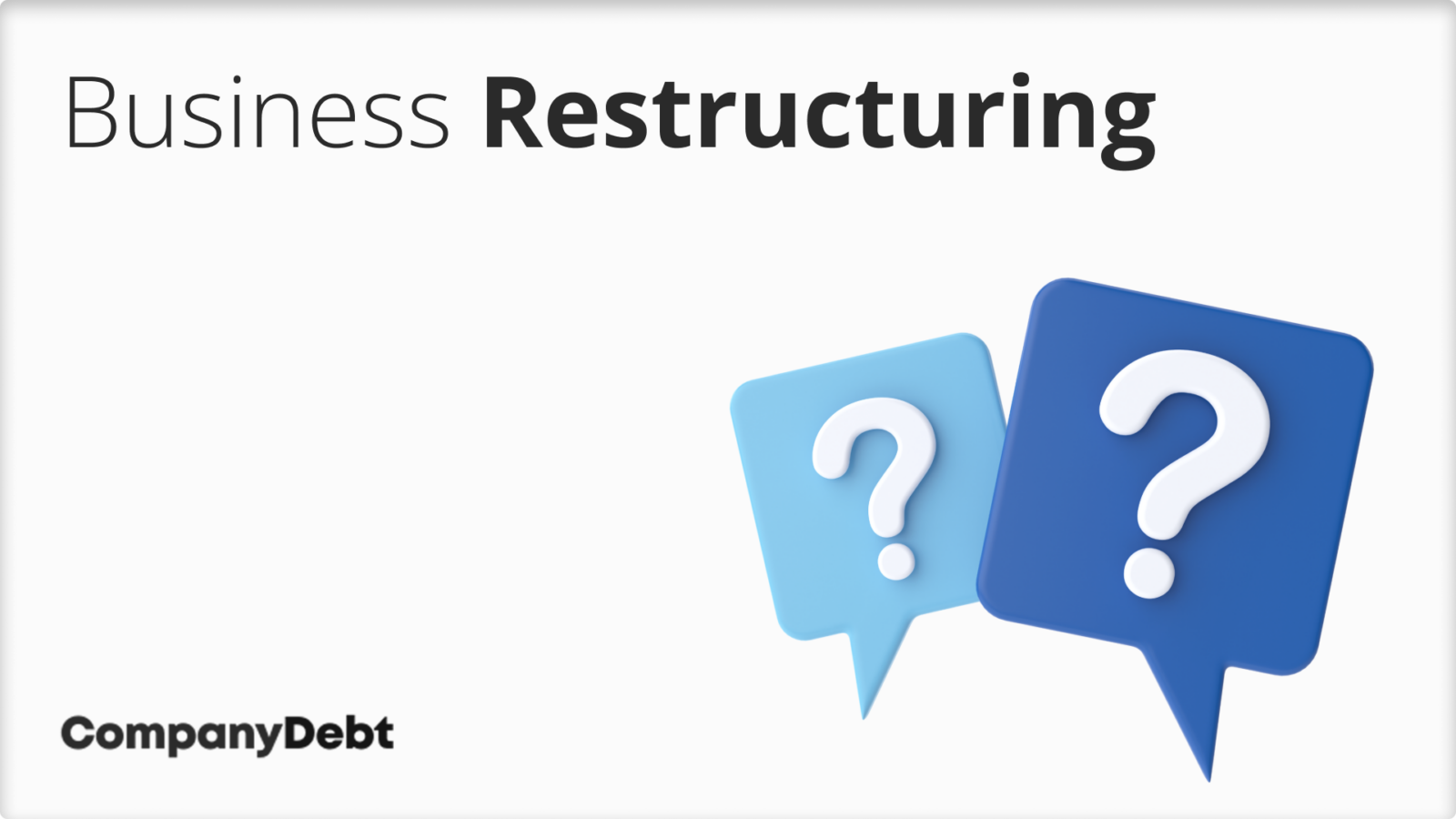
Business Restructuring
What is Business Restructuring?
Business restructuring is the process of reorganising a company’s financial, operational, or legal structure to improve its viability and performance.
As insolvency practitioners, we often implement restructuring strategies to help businesses overcome financial distress, but this approach is equally valuable for healthy companies seeking to enhance efficiency and competitiveness.
When you undertake a restructuring process, you’re essentially re-engineering your company’s framework to better align with current market demands and future objectives. This may encompass:
- Debt restructuring to alleviate financial pressure
- Operational streamlining to reduce costs and improve efficiency
- Organisational redesign to better align with market demands
- Asset divestiture or acquisition to refocus business activities
The ultimate goal of restructuring is to create a more robust, efficient, and financially sound business that’s better equipped to navigate current challenges and future market conditions.
Remember, early action is crucial when considering restructuring. If you’re facing financial pressure or simply want to explore ways to optimise your business, call our expert team on 0800 074 6757 for a free, confidential consultation.

Pros and Cons of Restructuring
Pros of restructuring:
- Financial Recovery: Rapidly improves cash flow and profitability, especially when paired with CVAs to manage creditor obligations.
- HMRC Management: Facilitates Time to Pay arrangements, crucial for UK businesses with mounting tax debts.
- Operational Streamlining: Significantly reduces overheads, vital for SMEs in challenging economic climates.
- Market Agility: Enables swift adaptation to market shifts, including post-Brexit and pandemic-induced changes.
- Stakeholder Trust: Restores confidence among creditors and investors, often averting winding-up petitions.
- Director Protection: Mitigates personal liability risks for directors under UK insolvency law.
Cons of restructuring:
- Operational Disruption: Often involves job losses, work practice changes, and asset sales, causing uncertainty among staff, customers, and suppliers.
- Financial Outlay: Can incur significant costs, including redundancy payments, professional fees, and implementation of new systems or processes.
- Reputational Risk: May damage brand perception and stakeholder relationships if not handled sensitively.
- Potential for Failure: If poorly executed, restructuring can exacerbate financial difficulties or even lead to liquidation.
Why Do Companies Restructure?
In my experience, companies restructure for two primary reasons: crisis management or strategic advancement.
Crisis-Driven Restructuring:
- Insolvency Threat: When a company can’t meet its financial obligations, restructuring becomes critical. This often involves negotiating with creditors, potentially through a Company Voluntary Arrangement (CVA).
- Cash Flow Pressure: Even profitable businesses can face cash flow crises. Restructuring can realign payment terms and operational costs to improve liquidity.
Strategic Restructuring:
- Market Shifts: Companies may restructure to capitalise on new opportunities or defend against emerging threats. This could involve divesting non-core assets or acquiring complementary businesses.
- Operational Inefficiencies: As businesses grow, inefficiencies often creep in. Restructuring can streamline operations, particularly in areas like supply chain or management hierarchies.
- Regulatory Changes: New legislation, such as changes in tax law or industry regulations, may necessitate restructuring to ensure compliance and optimise the company’s position.
- Ownership Transitions: Restructuring is often key in preparing a business for sale, management buyout, or generational transfer.
What is the Restructuring Process?
The restructuring process typically begins with a thorough assessment of your company’s financial position.
We’ll review your balance sheet, cash flow, and creditor positions to determine the best path forward.
Next, we’ll work with you to develop a robust restructuring plan. This plan will address key issues such as managing creditor claims, potentially negotiating with HMRC, and ensuring compliance with UK insolvency laws.
Implementation is the next critical phase. This might involve negotiating with creditors, potentially proposing a CVA, or executing a pre-pack administration. Throughout this stage, we’ll help you navigate complex areas such as employee rights under TUPE regulations and the implications of recent legislation like the Corporate Insolvency and Governance Act 2020.
Finally, we’ll monitor the restructuring’s progress, making adjustments as necessary to ensure its success.
Restructuring as a Business Rescue Mechanism
When your business is facing financial difficulties, restructuring can be a powerful tool to turn things around. Let’s explore some key processes that can help save a company:
- Company Voluntary Arrangement (CVA): This formal arrangement with creditors can be crucial for viable businesses struggling with debt. A CVA allows you to continue trading while repaying creditors at a sustainable rate, typically over three to five years.
- Administration: When creditor pressure becomes unmanageable, administration can provide the breathing space for larger businesses to restructure. This process can involve reorganising operations, securing new investments, or preparing the business for sale as a going concern.
- Pre-pack Administration: For businesses with valuable assets but unsustainable debt, a pre-pack can be effective. This involves arranging the sale of the business prior to administration, often preserving jobs and business continuity.
- Time to Pay Arrangements: We can negotiate with HMRC to secure manageable payment plans for tax arrears, typically over 6 to 12 months, sometimes longer in complex cases.
- Restructuring Plan: This newer tool, introduced by the Corporate Insolvency and Governance Act 2020, can be particularly useful for larger SMEs with complex debt structures. It offers more flexibility than a CVA and can bind dissenting creditors under certain conditions.








